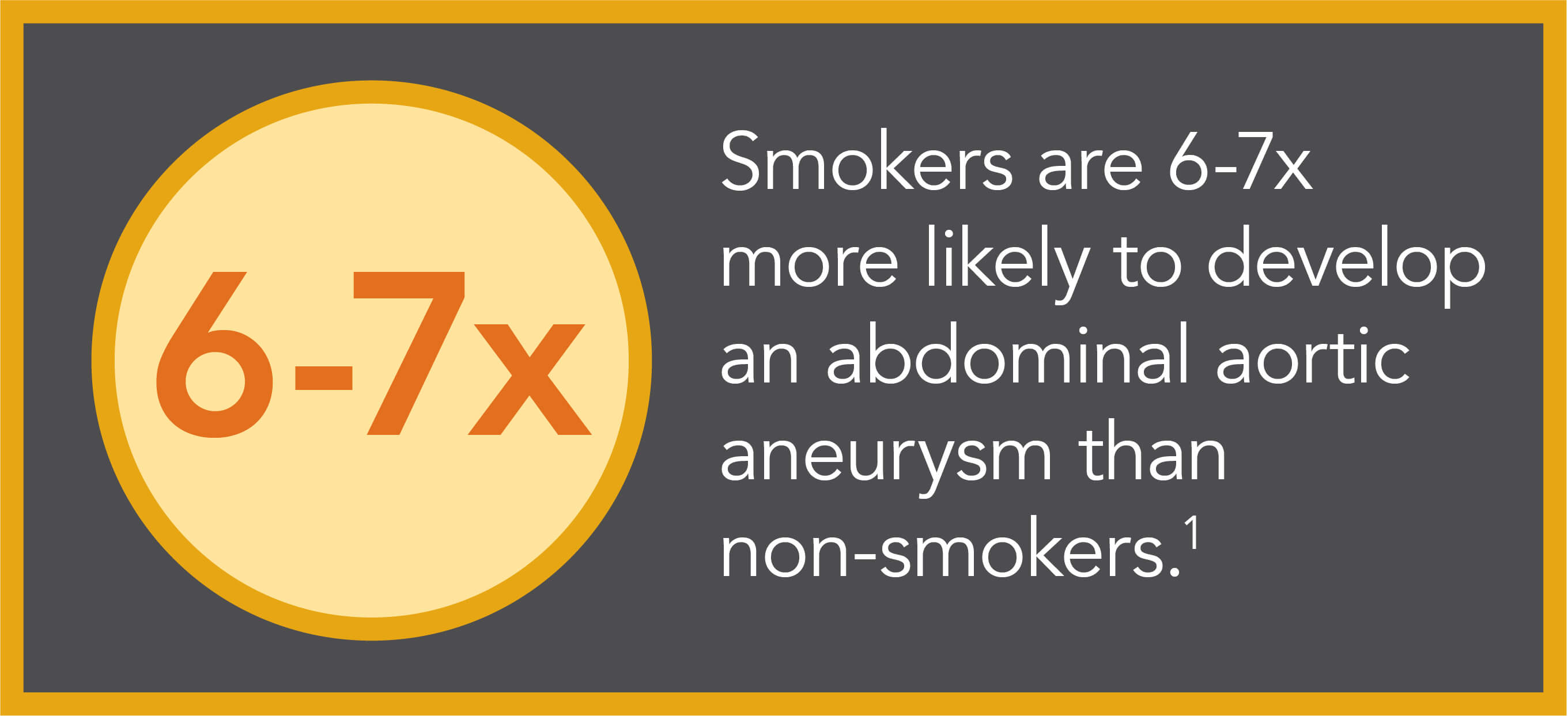
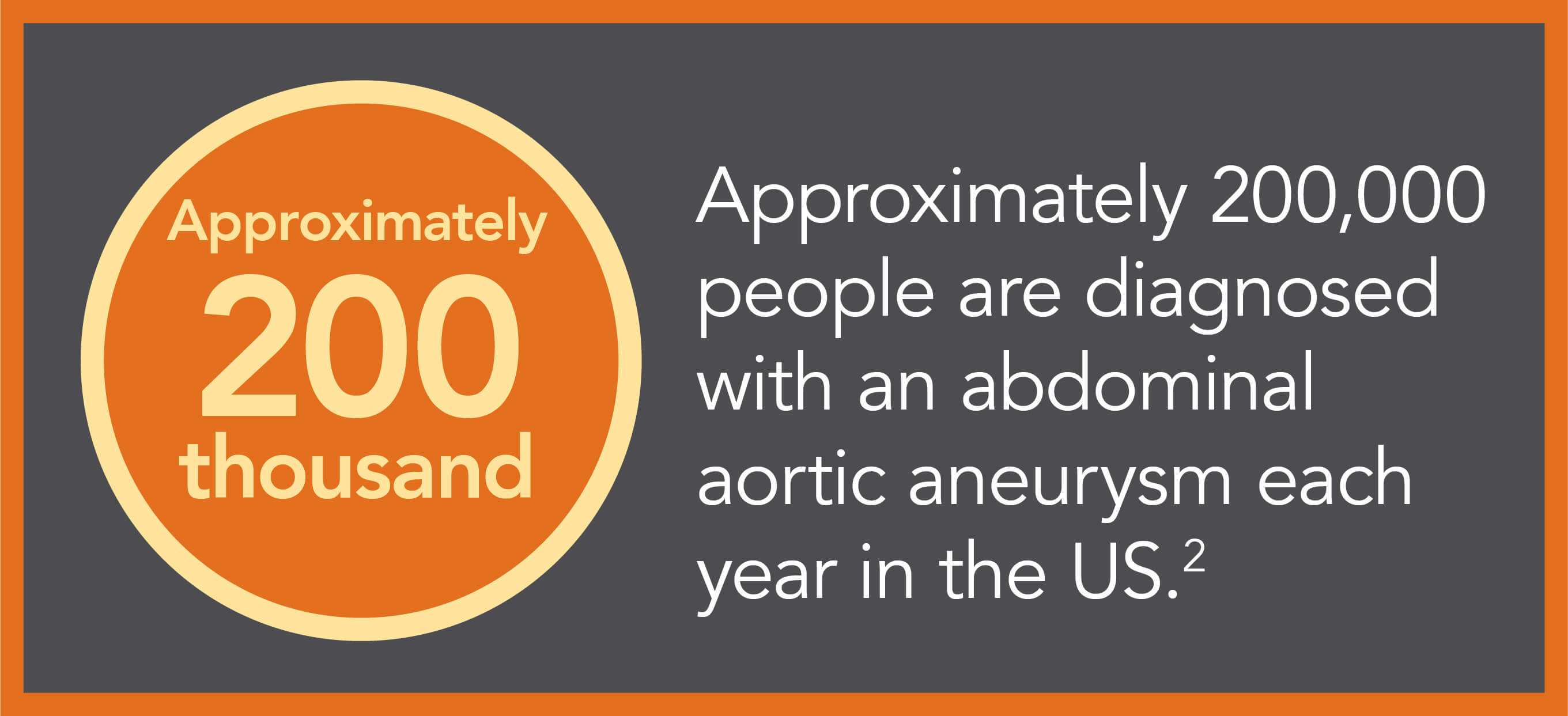
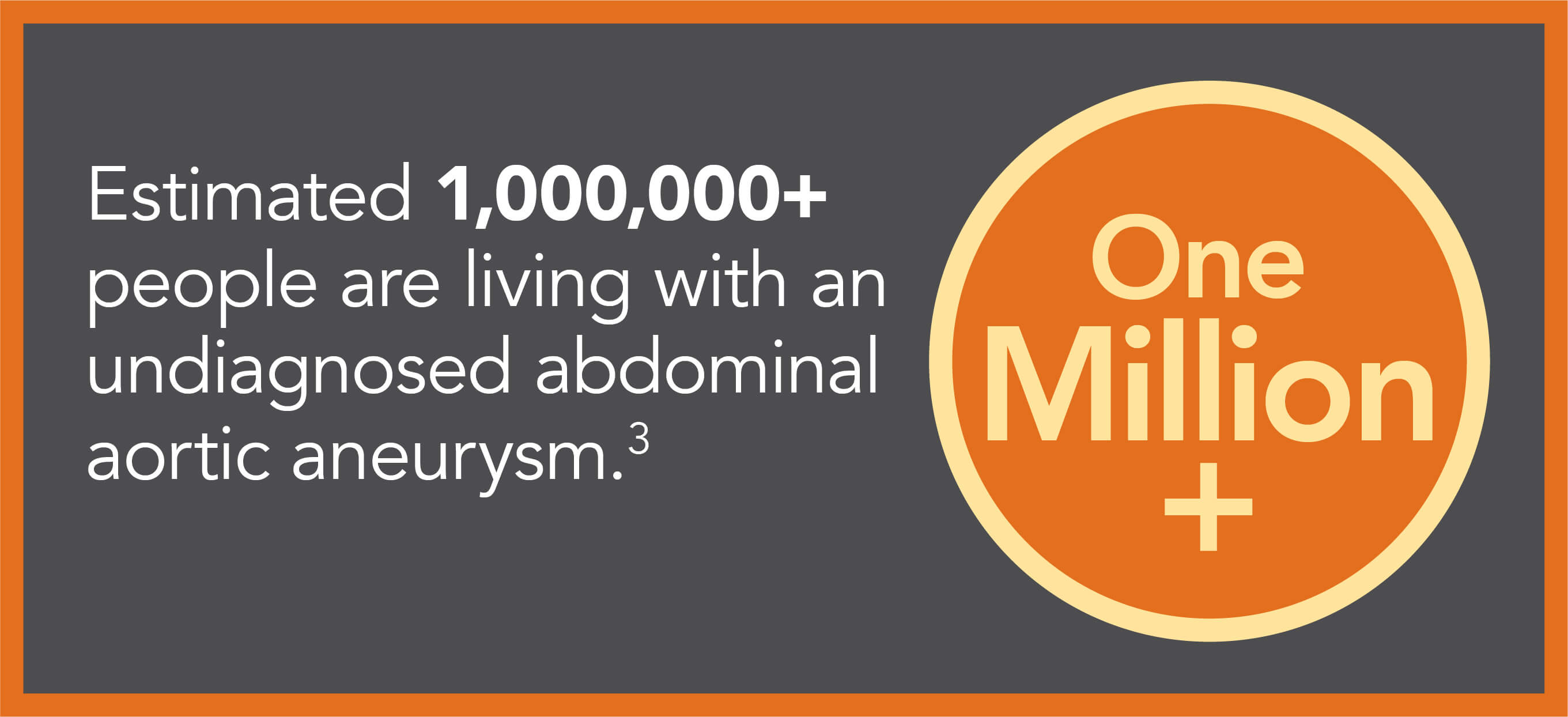
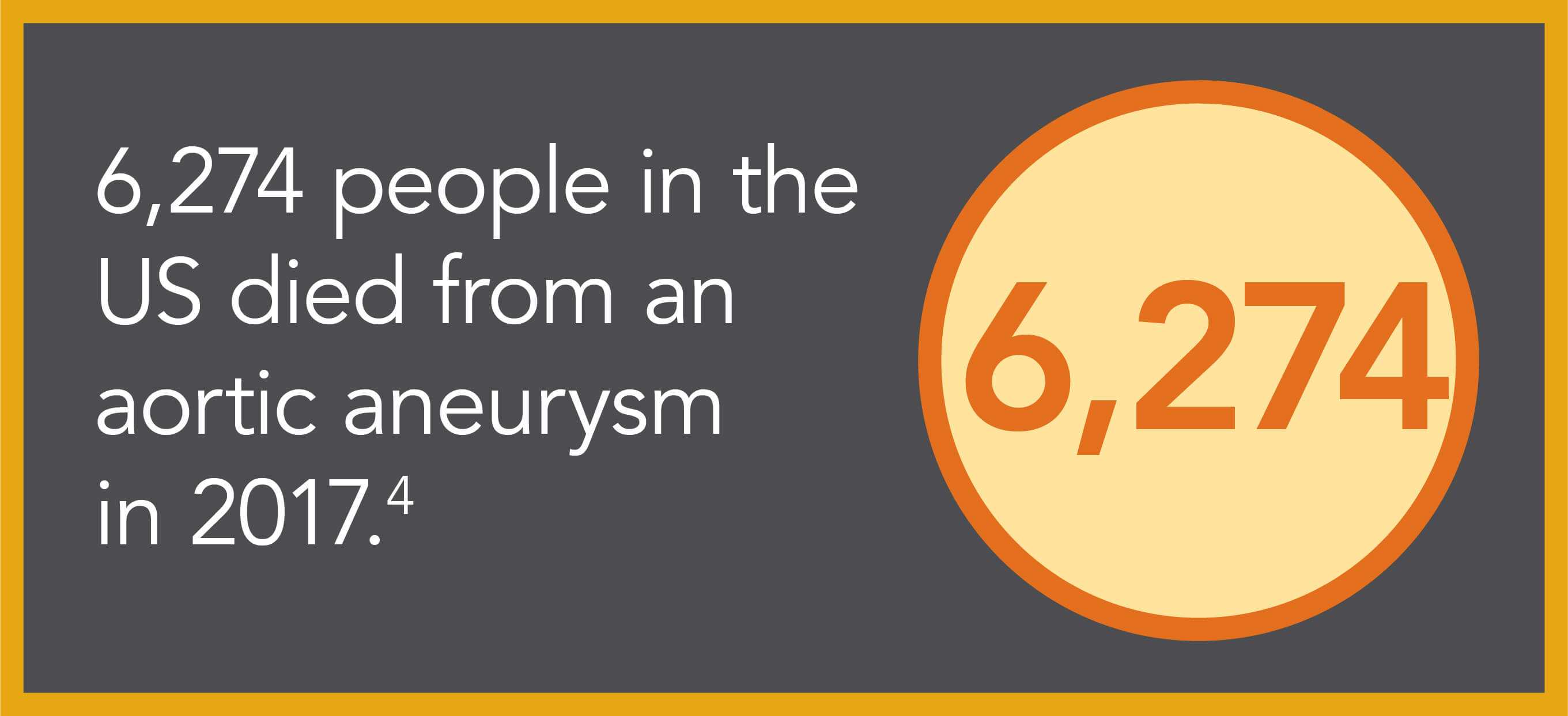




The aorta is the main blood vessel that carries blood from the heart to the rest of the body. An aortic aneurysm occurs when a section of the aorta weakens and begins to bulge. This bulge in the aorta is called an aneurysm. An aneurysm can get larger over time as the walls of the aorta become thinner and stretch like a balloon. When an aneurysm occurs in the part of the aorta that runs through the abdomen, it is called an abdominal aortic aneurysm. When an aneurysm occurs in the part of the aorta that runs through the chest, it is called a thoracic aortic aneurysm.
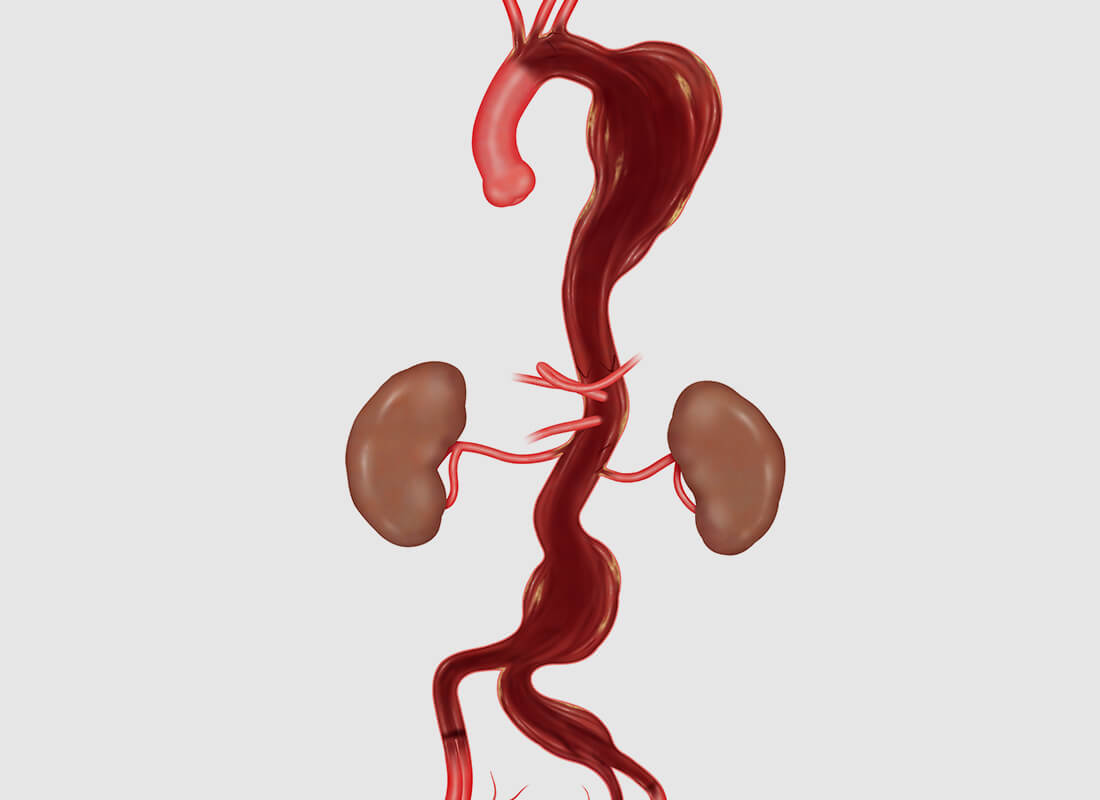
Over time, vascular disease, injury, or a hereditary defect in the
tissue within the artery wall can cause a weakening of the aorta.
Blood pressure against the weakened area can cause the aorta
to stretch and grow thinner. Eventually, the aneurysm can burst,
causing life-threatening internal bleeding.
Risk factors for developing an aortic aneurysm include
the following:
Most patients with an aortic aneurysm have no symptoms. For people who do have symptoms, the most common one is pain. If you have an abdominal aortic aneurysm, the pain may be in your abdomen, back, or chest. The pain could range from mild to severe. You might also experience tenderness in your middle or upper abdomen or lower back. Some patients feel the aneurysm as a throbbing mass in their abdomen. If you have a thoracic aortic aneurysm, you may experience back and chest pain, trouble breathing or swallowing, or hoarse coughing.
Links for additional resources on aortic aneurysms:
Remember, every patient is different, and your doctor knows you best. After reading the information on this site, make an appointment to talk to your doctor to help you make the right decision about any treatments or procedures.